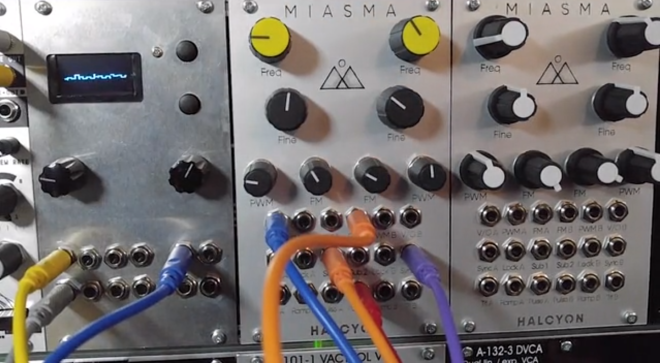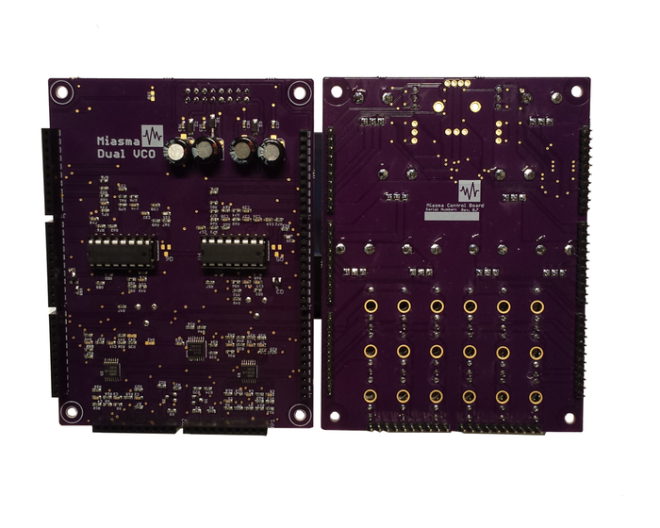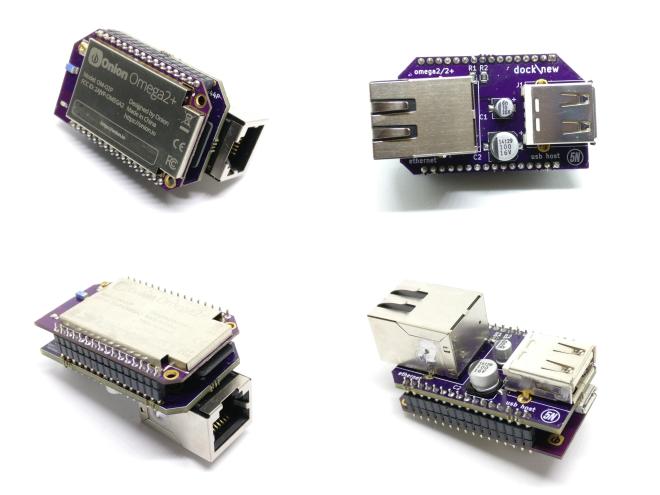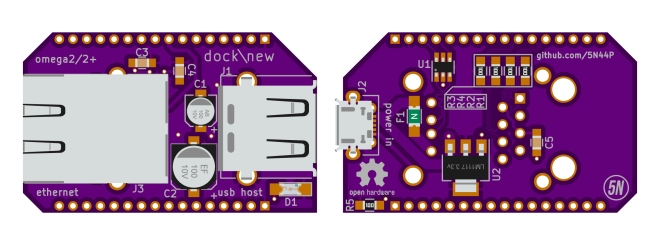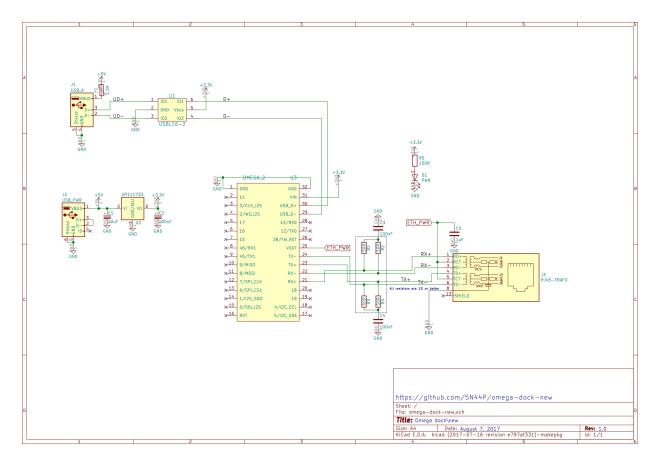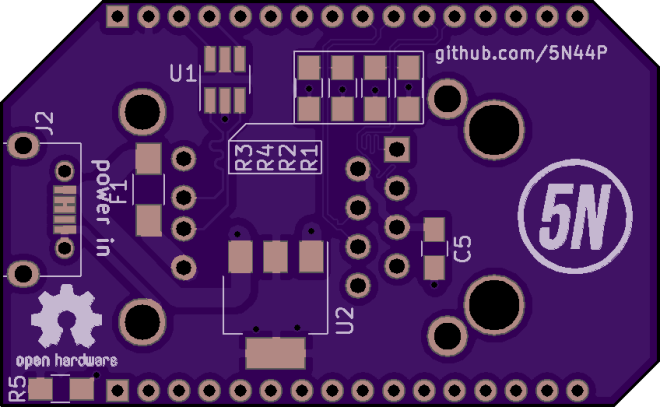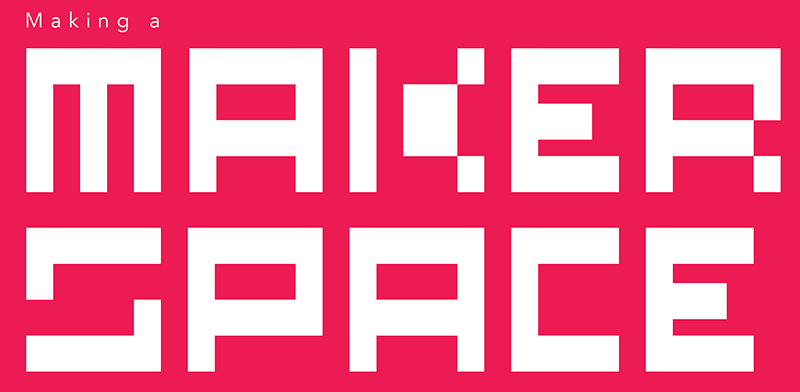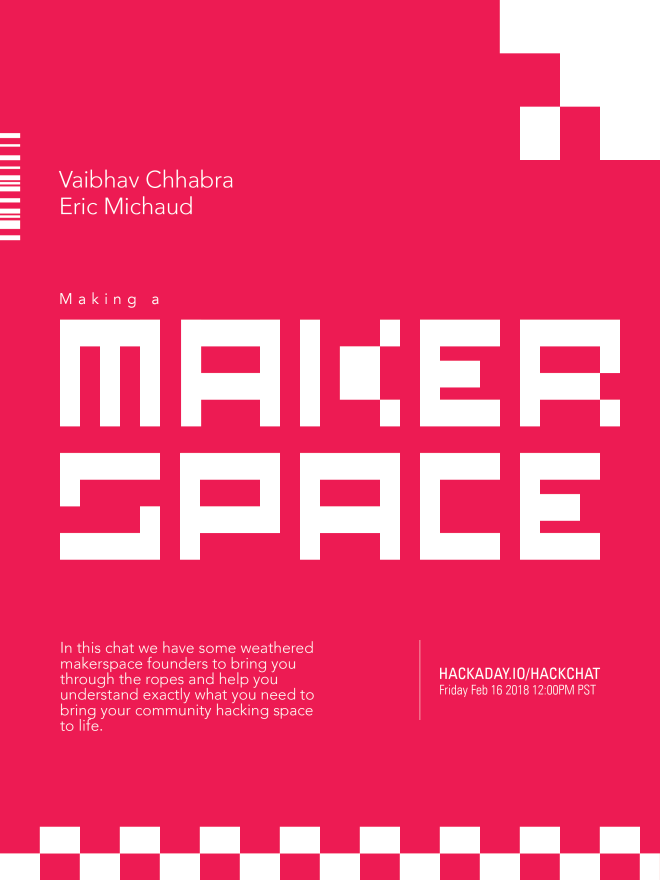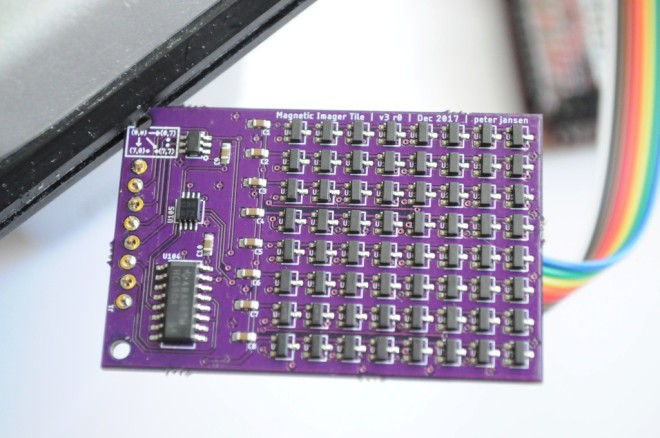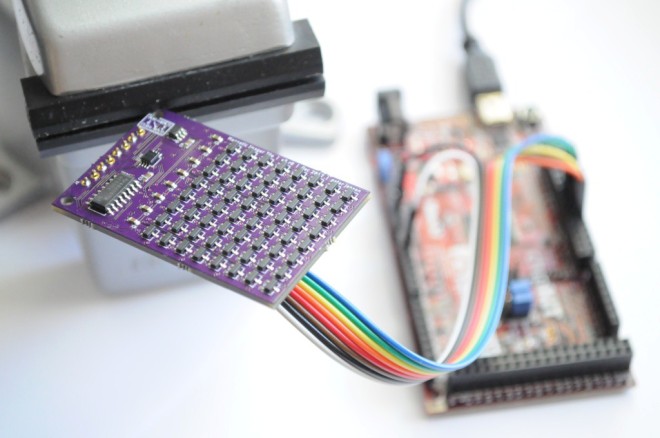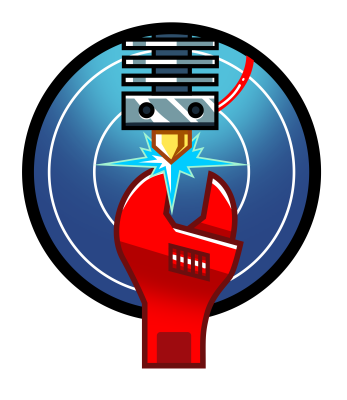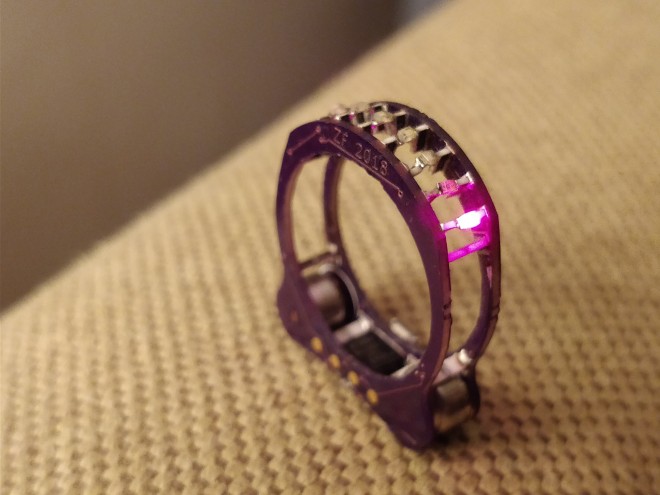
Tinkerfest will be at the Chabot Space & Science Center in Oakland on Saturday, April 14th:
Tinkerfest is a one-day festival that celebrates the creative, curious, and innovative spirit in all of us. Tinkerfest brings together makers, artists, and tinkerers to showcase their work while inviting attendees of all ages to join in DIY fun.
During the daylong event, the entire Center will be activated, both interior and exterior spaces, with activities that highlight creativity and curiosity.
A hallmark area of Tinkerfest is the “take apart” zone where tinkerers can see, touch, and learn how something works by assisting in dismantling it. Tinkerfest is geared towards a family audience but intriguing for everyone! The event is a platform for where all ages can experiment and learn together.


